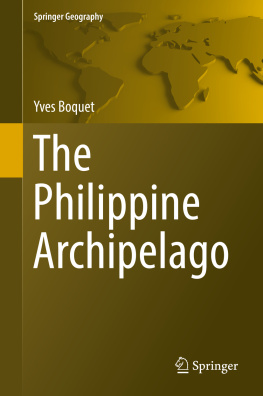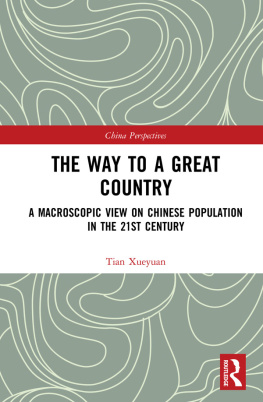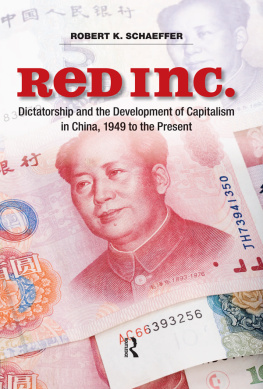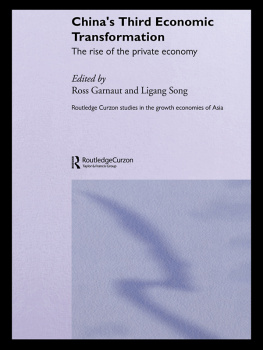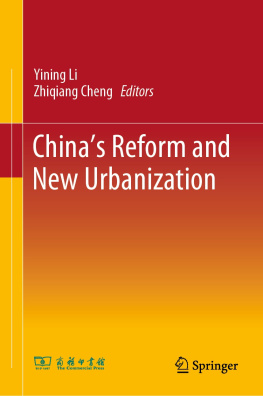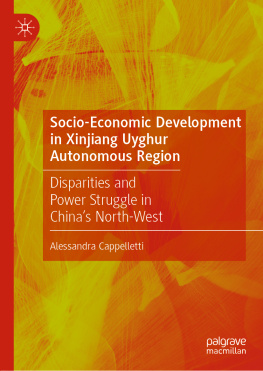1. Introduction
We, the French, do not know enough about the Philippines. We never had significant relations with the Philippines. The Philippines are a question mark.
The idea of this book was born from the realization that the Philippines islands are largely unknown to the general public and that academics have neglected them. Rarely mentioned by media except during disasters such as Typhoon Haiyan/Yolanda (Wootton ) or episodic political events, such as the recent outbursts of foul language by newly elected president Duterte , the country is largely absent from catalogs and brochures of travel agencies and has also been ignored by many political leaders.
For example, notwithstanding a friendship treaty signed in 1947, the official visit of French Prime Minister Jean-Marc Ayrault in October 2012 was the first one by a French government leader since the Philippines gained independence in 1946. Very few Filipino presidential visits to France have been recorded: Manuel Quezon in 1937, Cory Aquino in 1989, Fidel Ramos in 1994 and Gloria Macapagal Arroyo in 2003 (just for a UNESCO summit). Ferdinand Marcos , in spite of his long time at the helm of the country (21 years), traveled little abroad and never visited France. Most international visits of Filipino presidents since 1935 (establishment of the Commonwealth) have been in neighboring countries and the United States , with Fidel Ramos and Gloria Arroyo accounting for more than half of the trips.
On the American side, despite the importance of the historical ties between the two countries, visits by U.S. presidents in the archipelago have been quite rare. In contrast with his stated policy of an American pivot to Asia, it took 6 years before Indonesia-raised Barack Obama went to Manila, for barely 24 h.
The Philippines seem to have been of little interest to French geographers. This is not new. In 1974, Jacques Dupuis, reviewing a book in English on the Philippines, stated: The Philippines is a no-mans-land of French geography (Dupuis ), which fills a vacuum but contains too little geography.
Research on the Philippines by non-Francophone geographers also seems relatively limited. The last comprehensive summary works in English on the geography of the Philippines date back to 1963 (Huke ), although other authors have published extensively on the Philippines since then, such as Philip Kelly (York University in Toronto ) and Japanese researchers, but none doing a general presentation of the countrys geography encompassing all its major features. Looking at presentations and sessions in various conferences devoted to Asia, and at journals focusing on the Asian world, it is clear that the Philippine archipelago remains largely hidden to foreign geographers. This despite the fact that one can easily work in English, a language known by much of the Filipino population, which makes fieldwork much easier than in China , Japan , Korea , Thailand or Vietnam .
The small number of Filipino geographers (Dwyer et al. ) (only one geography department for the whole country, located at the University of the Philippines Diliman, in Quezon City ) does not allow them to have a substantial presence in forums and conferences, whether at the International Geographical Union (the Republic of the Philippines, like many countries in the region, is not a full member), the AAG (Association of American Geographers), or even the SEAGA (Southeast Asian Geographers Association) conferences which require less financial effort for travel. The Philippine Geographic Journal published at UP Diliman, has a very irregular publication pattern and its reach remains confidential: in contrast to many other academic journals in the Philippines, especially those emanating from UP Diliman or Ateneo de Manila, it is not available online.
Therefore, the time seems to have come to provide an updatedeven if it will be soon out-of-dategeographical view of a country, the 12th largest in the world for the number of people living in it, that passed the symbolic 100 million inhabitants threshold in 2014 and exhibits many original features in Asia. It has been researched and written during the presidency of Benigno Aquino, and finished just at the onset of Rodrigo Dutertes presidency, which may soon alter some of the perspectives presented herein.
The Philippines islands are rich in issues of interest for geographers: their archipelagic character, an economic development lagging behind neighboring countries in Southeast Asia, a hard-to-tame Manila megacity, the countrys exposure to natural hazards, idiosyncratic transportation systems, a slow demographic transition leading to the fast population growth of a youthful country within an increasingly ageing Asia, deforestation and environmental issues (coral reefs, mangroves), overfishing, regional inequalities, ineffective land reform, a weak tourism attractiveness in comparison to neighboring nations, huge rice imports in a country which is home to a major international center for rice research, internal geopolitics (the question of Mindanao) and external geopolitics (tensions in South China Sea), and the massive migration of Filipino/as to all parts of the world...
Which approach can be used to avoid a mere collection of seemingly disconnected issues, and give some idea of how this country works? What are the specificities of the Philippines in comparison to neighboring countries? Perhaps the Philippine identity should be considered as a starting point.
Efforts at building a homogeneous national identity (Kaufman ) in the Philippines over the centuries have resulted in an unusual pattern of successes and failures. Spanish missionaries successfully spread Catholicism religion in the northern and central Philippines starting in the sixteenth century, but failed among the Muslims in the south, introducing an enduring religious cleavage within the country. Regional and ethnic identities have remained very strong, even as national pride has increased, maybe due to the initial geographical fragmentation of the country.
I have chosen The Philippine archipelago as the title of this book. Geographers like islands and archipelagoes as geographic objects of inquiry. Islands have a flavor of their own (Sevin et al. ), and they appear to be easily circumscribed.
Indeed, the location of the country in the Western Pacific, split into multiple islands, gives it a strong maritime dimension, which is a powerful element of its national identity. Climatologists widely use the expression Maritime Continent (Ramage ) to describe the archipelagic region of South East Asia ( Indonesia , Philippines and New Guinea) where large land masses interact strongly with a maritime environment. These archipelagoes are quite different from the collections of tiny islands of the Southern Pacific.
Nowhere in the Philippines is one far away from the sea. The country has no land borders, but only maritime borders. Conflicting claims of several countries, including China , about the Spratly atolls occupied by troops from several countries, put the maritime dimension at the foreground of Philippine geopolitics. Muslim terror groups in Mindanao make good use of the many islets and secluded coves in the Sulu archipelago to transfer and hide their hostages. Tourism promotion has often highlighted the islandness of the country, starting with its most famous resort island, Boracay , just off the coast of Panay , one of the 11 major islands.

